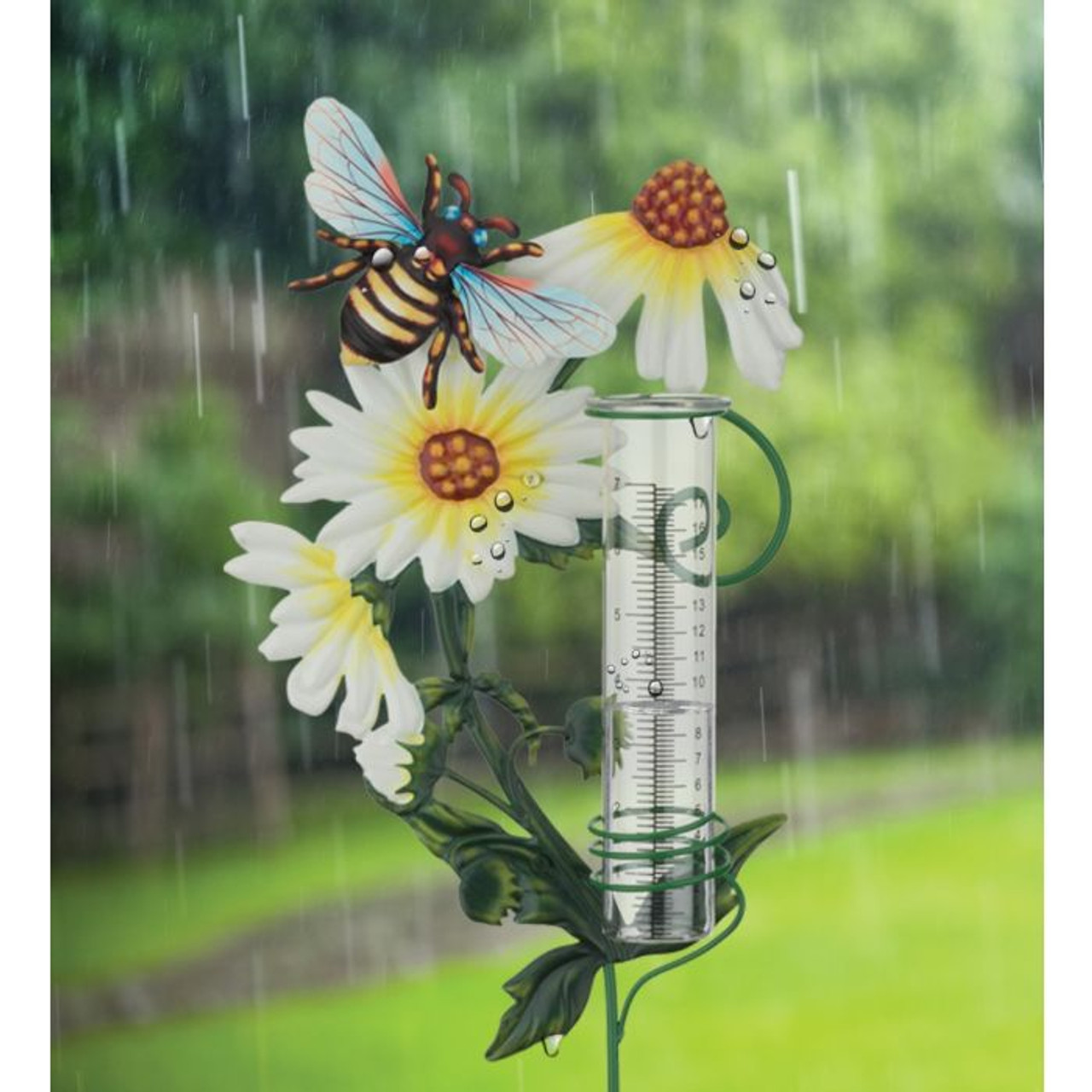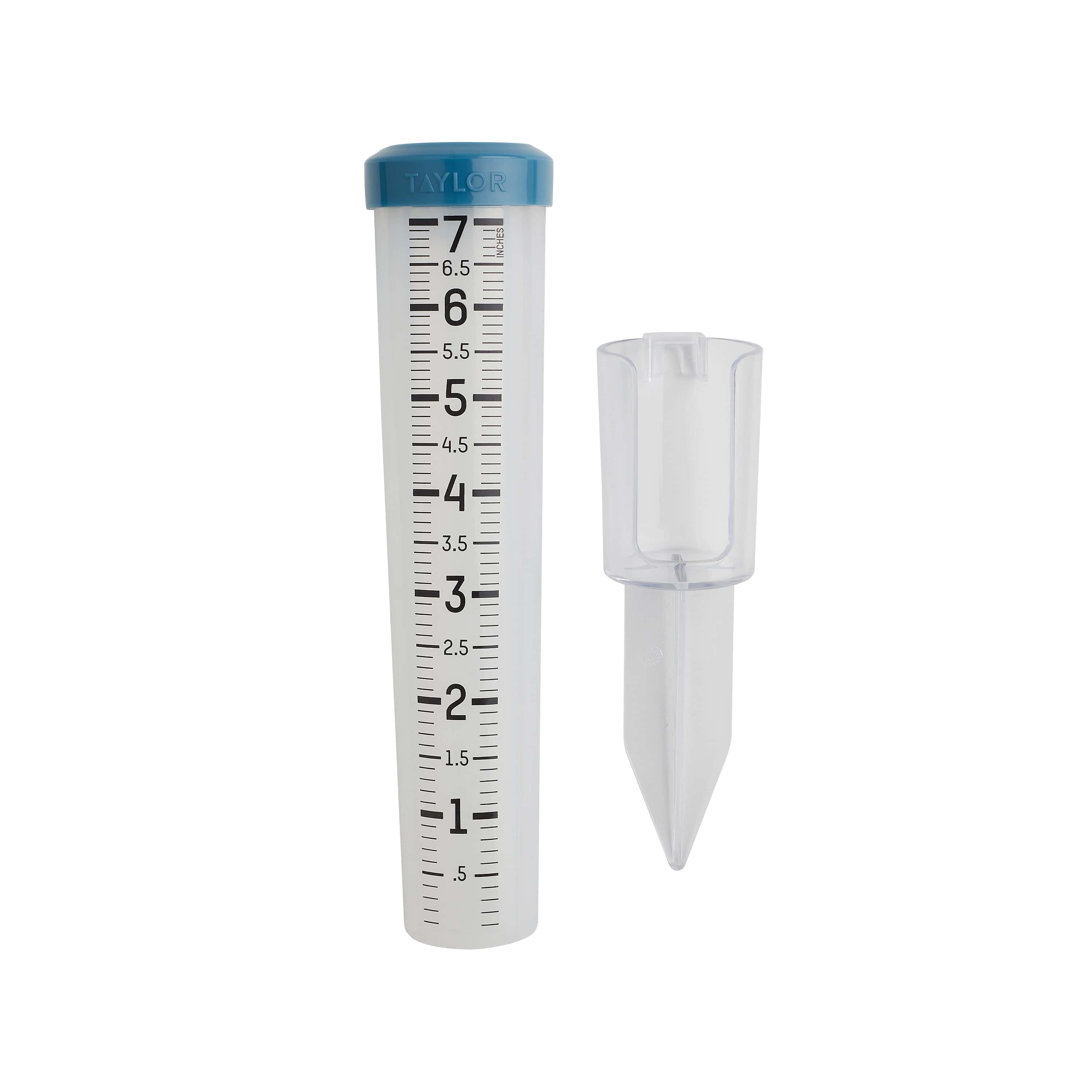Study The Rain Gauge: From Historical Evolution to Modern Applications
Wiki Article
How to Select the Right Rainfall Scale for Accurate Rainfall Data
To get reliable dimensions, it is important to choose the right rainfall scale. Thinking about factors such as location, type, and accuracy of the rain gauge will aid guarantee exact data collection. In addition, understanding the maintenance and calibration treatments will certainly contribute to the longevity and reliability of your rain gauge.Significance of Choosing the Right Rainfall Scale
The significance of picking the right rain scale hinges on acquiring exact and trusted rainfall information for accurate atmospheric evaluation. Rainfall data is important for a variety of applications, including weather condition forecasting, hydrological modeling, and climate research study. Inaccurate or undependable information can bring about wrong conclusions and flawed decision-making processes.
Second of all, the precision and precision of the rain scale are vital. The gauge must be able to determine rainfall with high accuracy, recording also small quantities of precipitation accurately.
Moreover, the area and installment of the rainfall gauge are essential factors to consider. It should be positioned in an open area, far from blockages that could impact rainfall measurements. The gauge should be placed at an appropriate elevation and angle to prevent spilling and guarantee correct catchment of rainwater.
Variables to Take Into Consideration When Picking a Rainfall Scale
When selecting a rain gauge, there are several crucial variables to consider. There are various types readily available, consisting of typical rainfall evaluates, tipping bucket rain assesses, and evaluating rain determines.An additional element to think about is the material of the rainfall scale. Rainfall gauges can be made of different materials, such as glass, plastic, or metal. The material chosen ought to be durable and resistant to weather conditions, guaranteeing that the rainfall scale will withstand the elements and offer precise dimensions gradually.
Precision is also an important aspect to consider. Look for rainfall evaluates that have actually been calibrated and checked for accuracy. Functions such as anti-splash rings and funnels can additionally enhance the accuracy of the measurements.

Finally, consider the climate and environment in which the rainfall gauge will certainly be made use of. Various rainfall determines are ideal for different environments, so it is very important to pick one that is suitable for the conditions in your location.
Different Kinds of Rain Gauges Offered
To better check out the factors to take into consideration when picking a rainfall scale, it is crucial to understand the various sorts of rain evaluates offered. There are numerous types of rain determines, each with its very own advantages and disadvantages. The most common kind is the common rain gauge, also called the cylindrical rain scale. This kind is composed of a straight-sided round container with a funnel-shaped top. It is basic to utilize and find this supplies precise dimensions of rains.Another kind of rainfall gauge is the tipping bucket rainfall gauge. As the rainfall drops into the scale, it loads up one side of the pail, creating it to tip and empty the water.
A 3rd sort of rain gauge is the considering rain scale. This scale uses an Recommended Reading equilibrium system to measure the weight of the collected rainfall. As the rain comes under the gauge, it is collected in a container attached to an equilibrium. The weight of the water is gauged, and the rains quantity is calculated based upon the weight. Weighing rain determines are highly exact yet can be extra pricey and need normal upkeep.
Lastly, there are additionally remote rainfall assesses that usage advanced technology to gauge rainfall (The Rain Gauge). These determines usage sensors and transmitters to send data wirelessly to a central device. Remote rainfall determines are hassle-free for monitoring rains in hard-to-reach areas or for large-scale information collection
Just How to Figure out the Accuracy of a Rain Gauge
One method to examine the accuracy of a rainfall gauge is by performing routine calibration measurements. Calibration entails comparing the analyses of a rainfall gauge to a common dimension, such as a certified rain scale or a weather condition station with high accuracy. By contrasting the measurements, any disparities or inaccuracies in the rainfall scale can be recognized and made up.To conduct a calibration measurement, begin by gathering rainfall data from both the rain gauge and the typical dimension device over a details amount of time, such as a month. Then, contrast the analyses and determine the distinction in between them. This difference is called the calibration error.
It is essential to note that calibration dimensions need to be carried out on a regular basis, as ecological aspects, such as debris, wind, and temperature, can affect the precision of the rainfall scale in time. By carrying out normal calibrations, any changes in the accuracy of the rain scale can be found and adjustments can be made appropriately.
In addition to calibration, it is also recommended to tidy and preserve the rain scale on a regular basis to ensure its precision. Remove any type of debris or blockages that may impact the precision of the dimensions, and look for any indicators of damage or put on that may call for repairs or replacement.
Tips for Maintaining and Calibrating Your Rainfall Scale
Regular upkeep and calibration are essential for ensuring the accuracy and reliability of your rainfall scale in measuring rainfall data (The Rain Gauge). By adhering to a couple of official site straightforward tips, you can make sure that your rain gauge is effectively kept and calibratedTo start with, it is necessary to cleanse your rain gauge regularly to avoid any type of debris or dust from obstructing the rainfall collection device. Utilize a soft brush and a light detergent to gently cleanse the within and outside of the gauge. Rinse it extensively with clean water and enable it to dry completely prior to reinstalling it.
Second of all, it is recommended to calibrate your rain scale at the very least yearly. Calibration involves comparing the measurements of your rainfall scale with those of a trusted and precise recommendation gauge. This will certainly aid you recognize and fix any type of possible errors in your rainfall gauge's dimensions.
To calibrate your rainfall scale, collect a recognized quantity of water making use of a gauging container and compare it with the measurements tape-recorded by your rain scale. Adjust the readings as necessary to guarantee accuracy.

Final Thought
In conclusion, choosing the best rainfall gauge is crucial for getting accurate rains data. Variables such as budget, place, and function ought to be thought about when selecting a rain gauge.There are different kinds offered, consisting of common rain evaluates, tipping bucket rain determines, and considering rainfall evaluates.To even more explore the aspects to take into consideration when choosing a rain gauge, it is vital to recognize the various kinds of rainfall determines readily available. The most common kind is the standard rain gauge, likewise understood as the round rainfall scale.One more type of rainfall gauge is the tipping bucket rain scale. Calibration entails comparing the analyses of a rainfall gauge to a typical dimension, such as a qualified rainfall scale or a weather condition terminal with high precision.
Report this wiki page